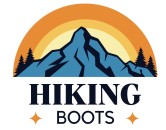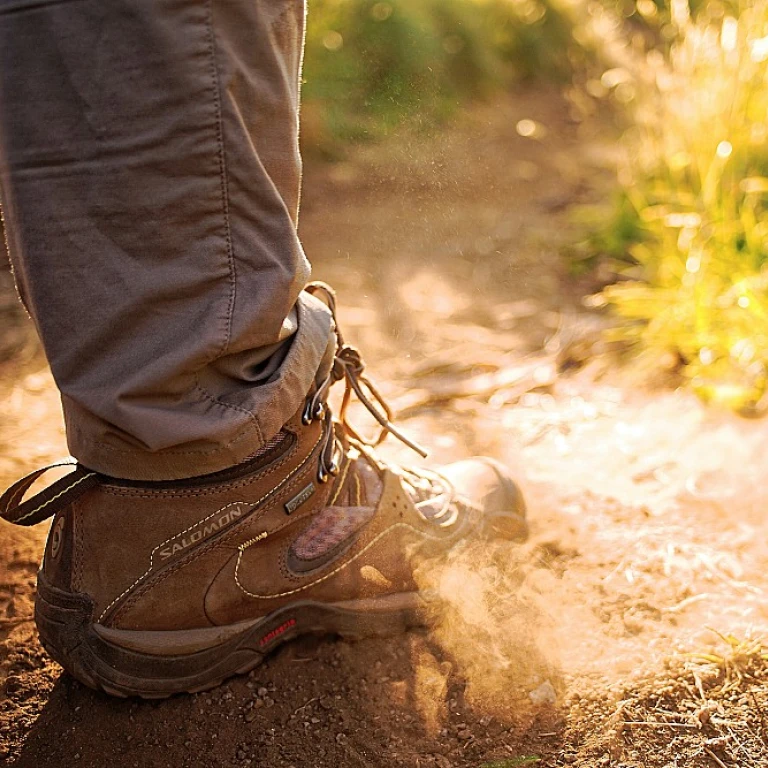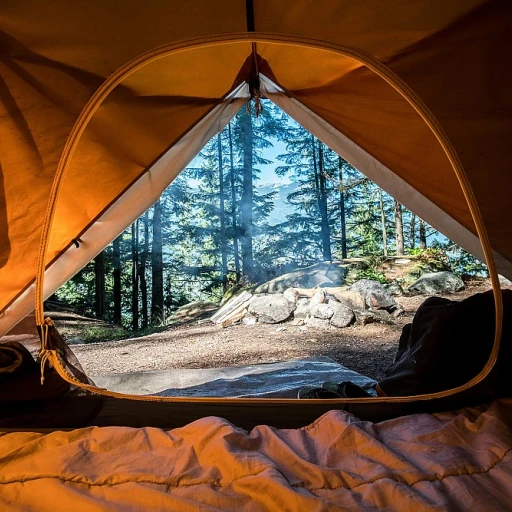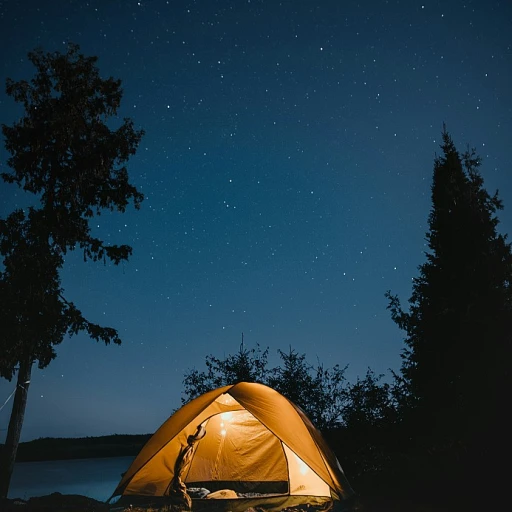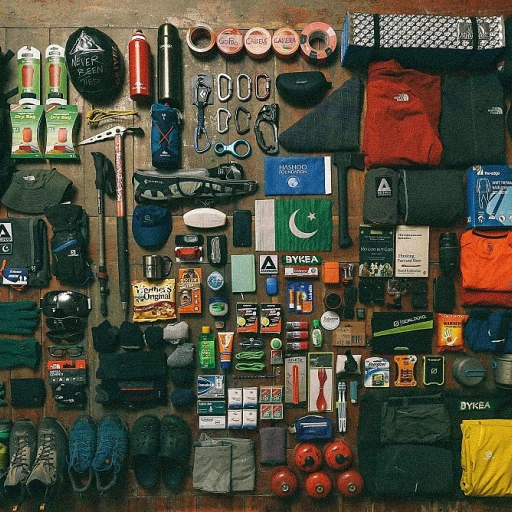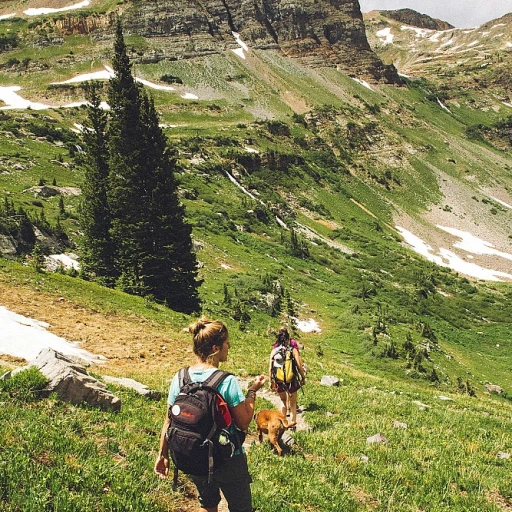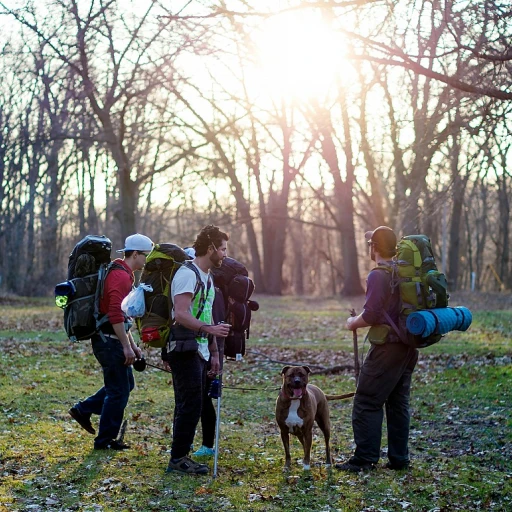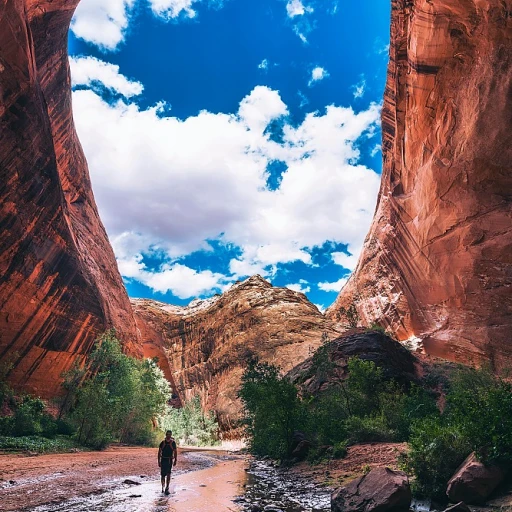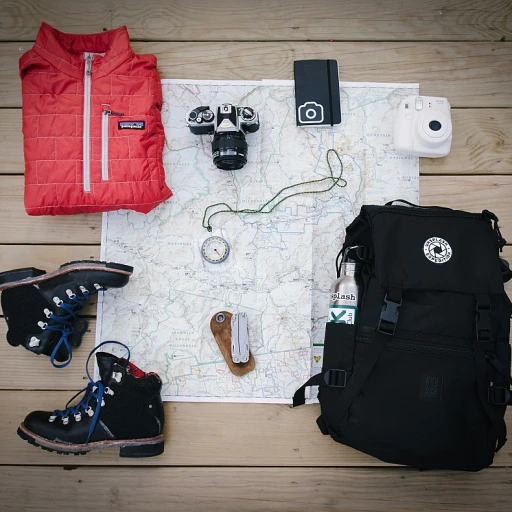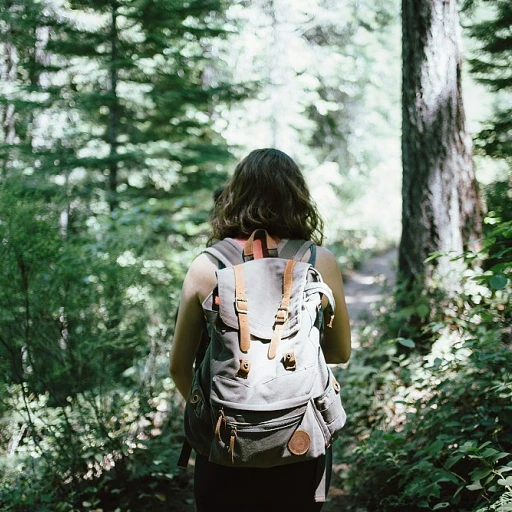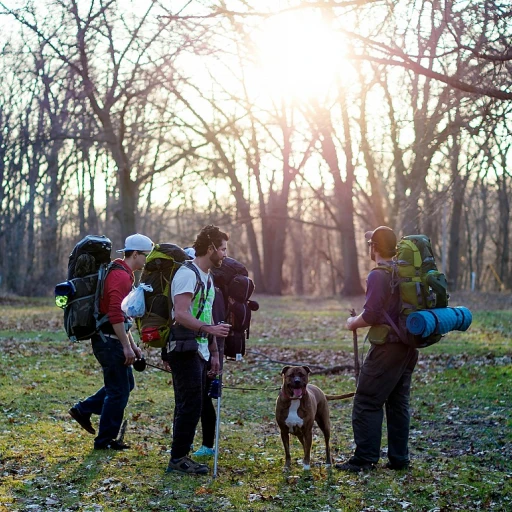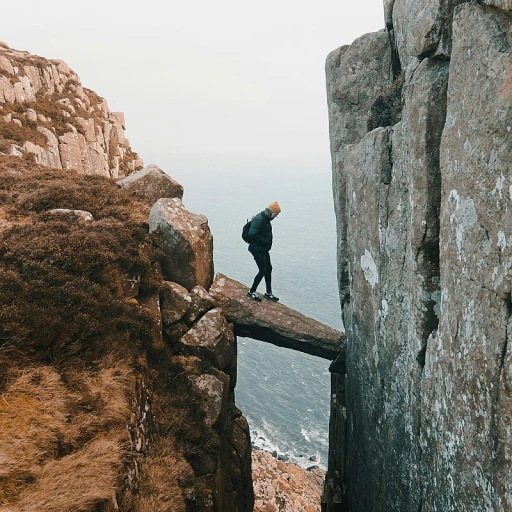
Understanding the Terrain of Gannett Peak
Exploring the Diverse Terrain of Gannett Peak
Attempting to conquer Gannett Peak in Wyoming’s rugged Wind River Range requires a thorough understanding of the challenging landscapes that await. As the highest point in the state, Gannett Peak presents a series of diverse terrains that demand both respect and preparation. From the lush forests that greet hikers at Elkhart Park to the expansive vistas as you progress along the Pole Creek Trail, each segment of the journey offers unique beauty and challenges. As you continue towards Titcomb Basin, the serene reflections in Echo Lake are a stunning vista before reaching the formidable Bonney Pass. The ascent beyond this point becomes even more demanding with the Dinwoody Glacier and Gooseneck Glacier introducing icy pathways that require precision and proper gear. Successfully navigating these stretches leads to the ultimate reward: the majestic summit day views from Gannett Peak itself, where the mountain range unfolds in breathtaking splendor. However, climbing Gannett Peak isn’t just about strength and endurance. The weather can shift dramatically, making it essential to stay informed about what to expect. For a comprehensive understanding of the weather patterns in the region, you can consult this guide to weather conditions at Yellowstone National Park. Each moment on the trail, from the initial hike to the alpine lakes such as Seneca Lake to the final climb, demands careful preparation. Whether you're planning a climb of the Grand Teton or the windswept heights of Gannett, knowledge is your most valuable companion.Key Features to Look for in Hiking Boots
Essential Boot Features for Tackling Gannett Peak
Embarking on a journey to Gannett Peak, Wyoming, requires the right gear, and your choice of hiking boots is crucial. The varied terrain—from the rugged paths of the Wind River Range to the icy stretches of Dinwoody Glacier—demands boots that can handle it all. Here's what to look for:
- Durability and Support: The trails leading to Gannett Peak are not for the faint-hearted. Boots with sturdy construction and ankle support are essential for navigating the rocky sections and steep climbs of Bonney Pass.
- Waterproofing: Crossing streams and the unpredictable weather of the Wind River Range mean your boots should keep your feet dry. Look for materials like Gore-Tex to ensure waterproofing without sacrificing breathability.
- Traction: The icy patches on Gooseneck Glacier and the slippery rocks around Titcomb Basin require boots with excellent grip. Vibram soles or similar technologies are recommended for maintaining stability on various surfaces.
- Comfort and Fit: Long days on the trail, especially during summit day, necessitate boots that fit well and prevent blisters. Consider boots with ample cushioning and a snug fit to handle the demanding hike from Elkhart Park to the summit.
- Insulation: Depending on the season, temperatures can plummet, particularly around Cloud Peak and Echo Lake. Insulated boots can provide the necessary warmth during colder months.
Finding the right pair of hiking boots is essential for a successful climb. Consider exploring more activities in the area with this ultimate guide for adventurers to make the most of your trip.
Comparing Hiking Boots for Different Needs
Understanding the Versatility of Hiking Boots
When selecting hiking boots for your journey to Gannett Peak, Wyoming, it's important to compare the options available to suit different needs and preferences. The terrain around this peak within the Wind River Range is both beautiful and challenging, crossing zones such as the intricate Dinwoody Glacier and boulder-strewn slopes.- Lightweight vs. Heavy-Duty Boots: For those planning a climb across the gooseneck glacier and surrounding icy patches, heavier, more durable boots with excellent ankle support may be ideal for a safer summit day experience. However, if your hike mainly involves the approach through the trails around Titcomb Basin or along Pole Creek, lighter, more flexible boots might provide the agility needed for longer outings with less fatigue.
- Waterproofing and Breathability: Considering the unpredictable nature of mountain climate and the potential for encountering conditions similar to Yellowstone's weather, waterproof boots serve well if passing creeks or during wet, early morning starts. Additionally, breathable materials help manage foot comfort as temperatures rise while hiking past areas like Seneca Lake or up Bonney Pass.
- Foot Protection and Traction: Whether journeying through the scenic trails of Elkhart Park or the rugged path up to the Cloud Peak, traction is key. Boots with Vibram soles or equivalent technology offer the grip needed over rocky and sandy ground. At the same time, reinforced toe caps add protection against the inevitable knocks from loose terrain.
Breaking In Your Hiking Boots
Smoothening the Journey: Getting Your Hiking Boots Ready
Before setting off to conquer the formidable Gannett Peak, ensuring your hiking boots are properly broken in can make all the difference between an unforgettable adventure and an uncomfortable trudge. Unbroken boots can lead to blisters, pain, and potential injuries, which are the last things you want when tackling the rugged ranges of Wyoming.
The first step is wearing your boots around the house or for short walks. This helps your feet adjust to the boots and also allows you to identify any immediate discomforts that may arise. Pay attention to pressure points and tight areas, as these can become major issues during long hikes on the glacier trails and over rocky terrains.
Gradually increase the duration of wear and introduce light hikes into the process. Trails with varied inclines, comparable to the approaches you’ll face on the way to Titcomb Basin, or the climb over Bonney Pass, are ideal for breaking in boots. This method also helps condition your feet and strengthens your ankles.
During the breaking-in phase, keep an eye on how different weather conditions, akin to those found in the unpredictable winds at the summit, affect both your boots and your feet. For example, when hiking to the summit and experiencing moisture as you pass by Dinwoody Glacier, you might need to adjust the lacing or consider specialized insoles for added comfort.
Ensure the use of quality hiking socks, which can reduce friction and provide additional cushioning. Opt for moisture-wicking materials that keep feet dry, particularly crucial for tackling long days in varied conditions from cold springs near Elkhart Park to the dry, challenging climbs near Cloud Peak.
Prepping your boots for the unique trails encompassing Gannett Peak in the Wind River Range is essential for a safe and pleasant hike. When your boots—and feet—are fully acclimated to the challenges ahead, you can enjoy unforgettable vistas from the stunning mirrors of Echo Lake to the serene allure of Seneca Lake during your journey.
Maintaining Your Hiking Boots for Longevity
Caring for Your Hiking Boots: Ensuring They Last the Distance
Proper maintenance of your hiking boots is vital for not only comfort and performance but also for ensuring they accompany you on many expeditions. Especially with challenging terrains like Gannett Peak in the Wind River Range of Wyoming, where every component plays a crucial role, your boots must be in top-notch condition. Here’s how you can keep them trail-ready:- Regular Cleaning: After every hike, especially the arduous trek to the summit of Gannett Peak, cleaning your boots is indispensable. Remove dirt and debris, particularly after traversing trails like the Dinwoody Glacier approach or the steep climb over Bonney Pass. A gentle brush and lukewarm water will typically suffice. Avoid chemical cleansers as they can damage the materials.
- Avoid Excessive Moisture: During climbs, whether in the Titcomb Basin or across the Gooseneck Glacier, moisture can seep into boots. Dry them thoroughly but naturally, as rushing the process with direct heat sources can lead to cracked leather or compromised synthetics.
- Conditioning and Waterproofing: The unpredictable weather around this peak mountain necessitates conditioning the leather or applying a waterproof treatment. This maintains flexibility and resilience against the snow and icy pass conditions often encountered near the summit day.
- Inspect for Damage: Post-hike inspections are crucial. Check for wear and tear, from minor scuffs after the rigorous creeks to serious sole damage. The cold and rugged terrain of Wyoming, from Elkhart Park to Echo Lake, can hasten wear, so prompt repairs keep minor issues from escalating.
- Proper Storage: After conquering challenging mountains such as Gannett, storing boots somewhere dry and away from direct sunlight extends their life, readying you for your next adventure in the majestic range or across river trails like Pole Creek.
